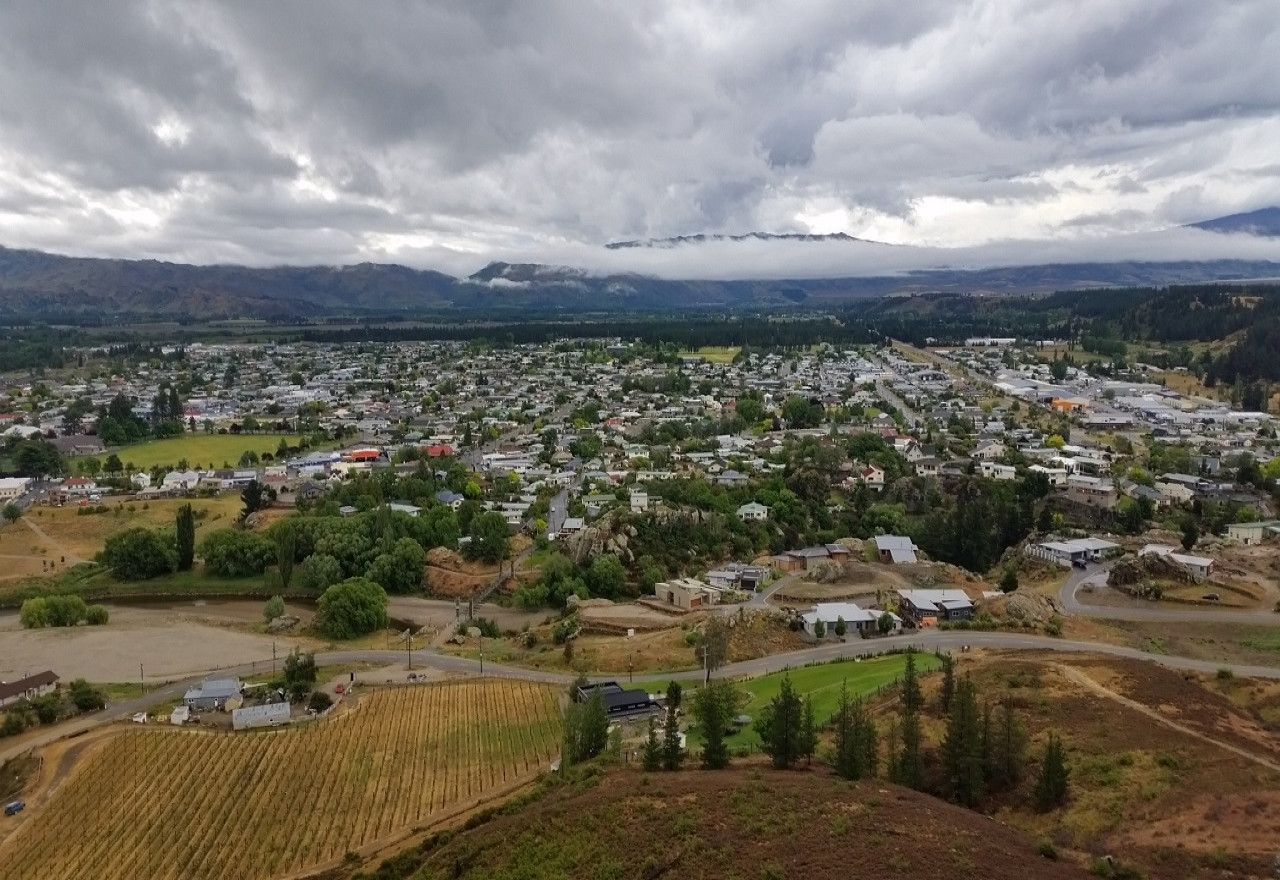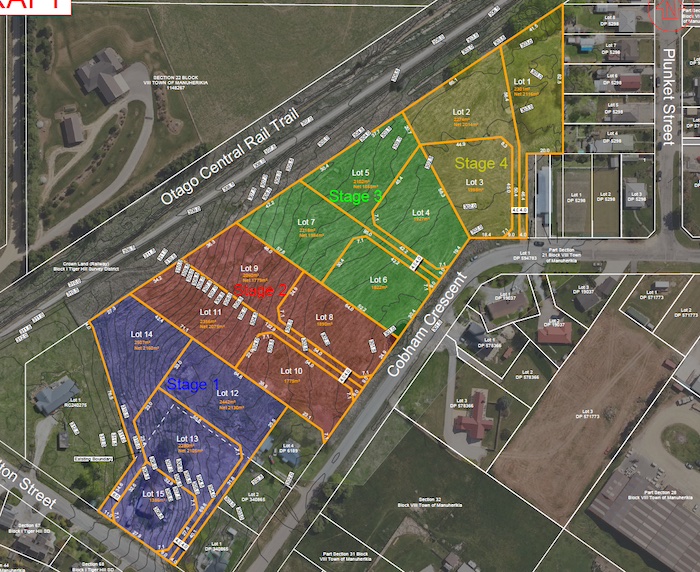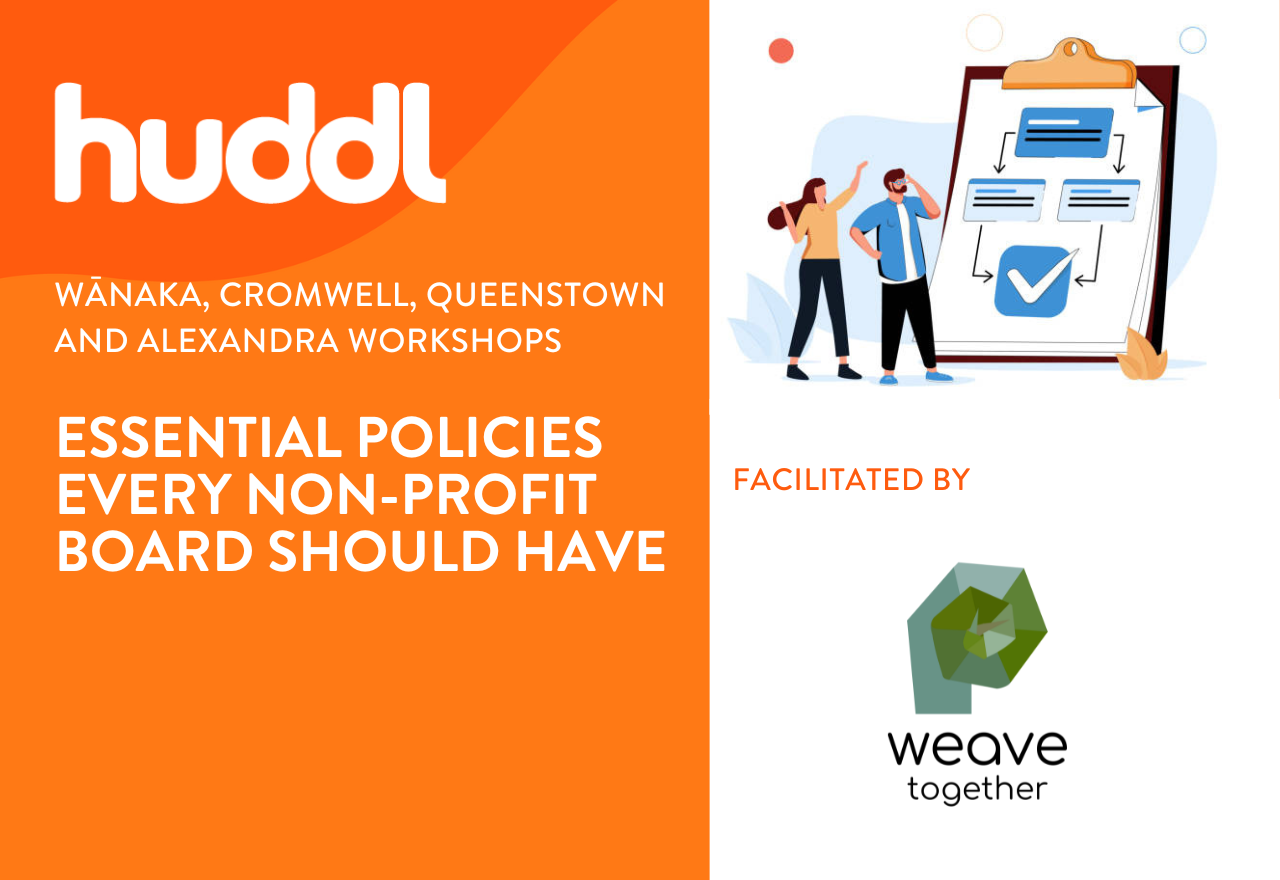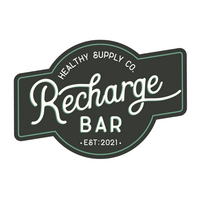Developers say new fee structure will restrict housing growth
Aimee Wilson
09 November 2025, 4:42 PM
 Development contributions have increased substantially in Alexandra since July 2025. FILE SHOT
Development contributions have increased substantially in Alexandra since July 2025. FILE SHOTDevelopers say future housing in Alexandra and Omakau could be stifled by increased development contributions, which in some cases have jumped more than 200% to keep up with infrastructure demands.
Those spoken to in Omakau and Alexandra say that subdivisions granted under the new fees structure set by the Central Otago District Council in July 2025, will no longer make them financially viable.
Alexandra developer Shanon Garden is part of a consortium that has two subdivisions underway along Dunstan Road.
Fortunately the company was able to proceed under the old policy, and he said development contributions were only $17,000 a section - now they have increased to $58,000.
Shanon said it was no surprise there has been a huge jump in developments underway that were consented before the new fees came into effect.
In Alexandra there is also Russell Ibbotson’s Molyneux Lifestyle Village (also on Dunstan Road), and Ngai Tahu’s subdivision on State Highway 8 in the Pines.
But he expects there may not be any new developments for awhile, saying the new fees will just restrict further growth, unless land continues to increase in price.
Shannon said developers in Alexandra will now have to pay contributions to council of between 11-15% of each land sale (while sections were priced around $500,000).
He said this compares to only around 6-8% in Cromwell, with contributions increasing from $15,000 to just $34,000, and with much higher land prices ($600,000+)
“This will accelerate the redistribution of growth away from Alexandra to Cromwell. Consequently it will starve Alex of employment, services, amenities, rates, events, whatever. I'd have thought as Alex is currently lagging behind, it needs support, not more headwinds imposed. I think this is a bad idea.
“It has sent a strong signal to the developers who enable growth that Alexandra isn’t a place to take on new projects. It's hard to see any upside,” Shanon said.

The new 14-lot consented subdivision in Omakau. SUPPLIED.
Breen Construction has a new 14-lot residential subdivision underway in Omakau, and the company paid development contributions of $21,134 a section under the old policy.
The expected sale price of the land is $350,000 and for a larger 2000sqm section; however if it had been consented under the new fees structure, the company would’ve had to pay $38,000 to council.
General manager of development Trevor Breen said the 3.2ha site on Cobham Street was consented and awaiting engineering approval. They are hoping to get the civil work underway before Christmas.
But the company had to be clever with its subdivision design to make it work for the town, and to make it financially viable.
Under the new fees structure the company wouldn’t have proceeded with its subdivision, because the numbers didn’t stack up.
Trevor said the new development contributions will stifle growth in Omakau and across the district until there is a shift in land value.
“You can’t dodge the costs so I think at a higher density the model works when the land value is higher like in Cromwell.”
Mayor Tamah Alley said the updated Development Contributions (DCs) reflect the true cost of connecting new developments to council services.
“Like many other local councils, we believe it’s appropriate that when new subdivisions or developments benefit from existing infrastructure funded by the community—or require infrastructure extensions—the cost should be met by those creating the demand.”
She said importantly, DCs were ring-fenced.
“This means that contributions paid in a specific area, such as Omakau, are allocated directly to infrastructure projects in that area—for example, water services.”
When she first moved to the area, sections in Omakau were selling for around $60,000. Today, those same sections are closer to $300,000.
“While that’s a strong return for landowners, it also means higher upfront costs for developers—which may explain why not everyone chooses to develop.
“However, we don’t have to look far to see the consequences of infrastructure falling behind growth.
“CODC is committed to ensuring the cost of growth is shared fairly and sustainably.”
For context, Auckland City also increased its DCs last year, with contributions in Drury reaching $83,000 per housing unit and Tamaki rising to $119,000 per unit.
Have a story to share or comment to make? Contact [email protected]
NEWS
PUBLIC NOTICES








